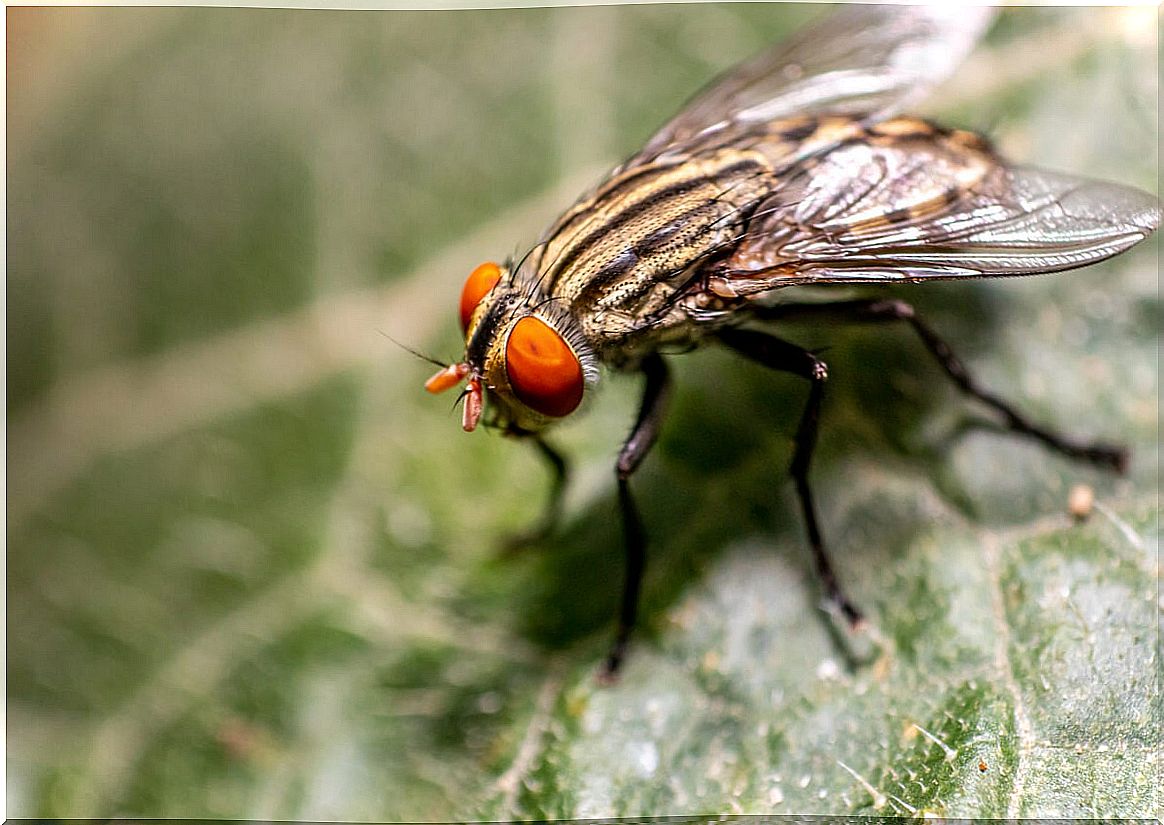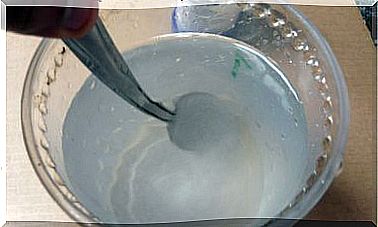What Are The Symptoms Of Onchocerciasis?
Onchocerciasis is a parasitic disease that is also called river blindness . It is caused by the bite of flies that transmit a worm that settles in different parts of the body.
Unfortunately, almost all cases occur in countries in Africa, according to data provided by the World Health Organization (WHO). In Latin America there are also some places where this disorder continues to prevail. Onchocerciasis is the second preventable cause of blindness in the world. Therefore, in this article we explain everything you need to know about it.
What is onchocerciasis?
As we have already noted, onchocerciasis is a chronic disease caused by a parasite. It is a worm called Onchocerca volvulus . This organism is transmitted to humans through the bite of black flies of the species Simulium spp.
These flies are usually near rivers and streams. Hence the name of river blindness . In fact, as waterways are usually work areas, the disease affects men of working age more than women, especially those who perform functions related to agriculture and livestock. This is explained in an article by the Spanish Society of Ophthalmology, which clarifies that, in these cultures, men are in charge of certain specific tasks.
When the parasite enters the body, it reproduces by embryonic larvae called microfilariae. These larvae migrate to the eyes and skin, where they trigger the lesions that are the manifestations and symptoms of the disease.

Symptoms and signs of onchocerciasis
Onchocerciasis mainly affects the skin and eyes. However, according to a review article in the Latin American Journal of Microbiology, there are other symptoms that can be associated, although to a lesser extent.
It can be accompanied by muscle weakness, weight loss, and growth retardation (in the case of children). Cases have also been described where lymphatic alterations occur in the groin area or back pain.
Eye symptoms
Onchocerciasis severely affects vision. Ocular manifestations appear in young people and begin with very general symptoms, such as itchy eyes, constant tearing, and redness.
The larvae that lodge in the eyeball carry out a series of damages in the organ. At the beginning, a pathology that is punctate keratitis takes place in the cornea. Progressively, a chronic inflammatory process is added that leads to the formation of fibrous tissue.
We then go to the stage of sclerosing keratitis, which causes this membrane to thicken and little by little loss of vision. In addition, chorioretinitis occurs, which consists of inflammation of the chorion and retina. It can affect the optic nerve and cause the anatomical structure to atrophy.
Subcutaneous nodules
Although it is true that ocular affectations are the most serious caused by onchocerciasis, skin manifestations are frequent. First, we find the subcutaneous nodules that are also called onchocercomas .
They are lumps that appear in different parts of the body, although the most common area is the head. They have a variable thickness, since they depend on the number of parasites that are inside. In some cases, they also accompany inflammation of the nearby nodes and even inguinal hernias when it is the pelvic region.
Other skin symptoms
The skin may become depigmented in some areas. In addition, it loses elasticity. Most cases, even in mild infections, present with itchy dermatitis. Another cutaneous manifestation is a rash (reddish coloration) that gives rise to excoriation and scaly ulcers, with loss of tissue.
How is onchocerciasis diagnosed?
The diagnosis of onchocerciasis begins, first, with the suspicion according to the symptoms and the geographical area from which the patient comes. As we mentioned at the beginning, this disease has active foci in countries of sub-Saharan Africa, so it is a guideline.
One of the main tests is the examination of the skin by biopsy. The sample is analyzed under the microscope. With it, the larvae of the worm can be observed. A PCR (polymerase chain reaction) can also be used to detect parasite DNA.
Another way to diagnose the disease is to examine the eyeball. For this, a slit lamp is used to observe the cornea. In some cases, the subcutaneous nodules are removed, although this technique is out of date.

A parasite of eye care
Onchocerciasis is a chronic disease caused by a parasite. It predominantly affects the skin and eyes, and can cause irreversible blindness. Unfortunately, most of the cases occur in Africa, where health care is insufficient to control the problem.
There is a treatment that allows the reproduction of these parasites to be controlled. For this reason, it is essential that the diagnosis be early and that it be reached precisely.









